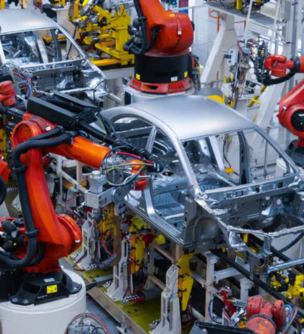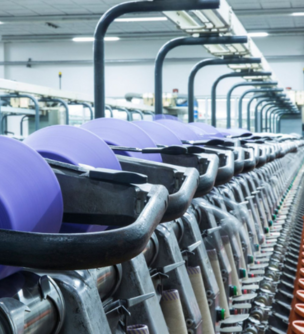REDUCE
YOUR OPERATIONS COST
WITH AI-POWERED RECOMMENDATIONS FROM MAKORO
Latest: Fueling Progress Or Environmental Concerns?
Transform Your Operations
Our AI-powered platform offers predictive, real-time recommendations, ensuring immediate value. Elevate your manufacturing operations with Makoro™. Transform your processes and efficiency for a competitive edge.

Connect to Anything
With more than 50 connectors out of the box, you can connect to any source of data.
Need to connect to a customer system? We do that too.


Deliver Value Anywhere
Recommendations are delivered in real-time to frontline workers where they need them.Recommendations are delivered in real-time to frontline workers where they need them.Recommendations are delivered in real-time to frontline workers where they need them.
Solving Transformative Problems
in Manufacturing
Our recommendations make operations predictable, profitable, and sustainable.
Solving Transformative Problems
in Manufacturing
Our recommendations make operations predictable, profitable, and sustainable.
Solving Transformative Problems
in Manufacturing
Our recommendations make operations predictable, profitable, and sustainable.

Textile Manufacturers optimize energy consumptions with Makoro™

Textile Manufacturers optimize energy consumptions with Makoro™

Textile Manufacturers optimize energy consumptions with Makoro™

Textile Manufacturers optimize energy consumptions with Makoro™
testimonials
We take pride in delivering exceptional value and creating meaningful experiences for our customers - they have shared their experiences with us.
Latest news & updates
Dive into the latest technology trends and understand how businesses like yours are leveraging Trusted AI to increase operations efficiency.
Latest news & updates
Dive into the latest technology trends and understand how businesses like yours are leveraging Trusted AI to increase operations efficiency.
Simple Pricing
4
Solution levels to match all budgets and data maturity
ONBOARD FAST
10
Days to get started
REALIZE GAINS FASTER
8X
Faster ROI compared to home-grown solutions
Source: Based on internal studies and customer reports











